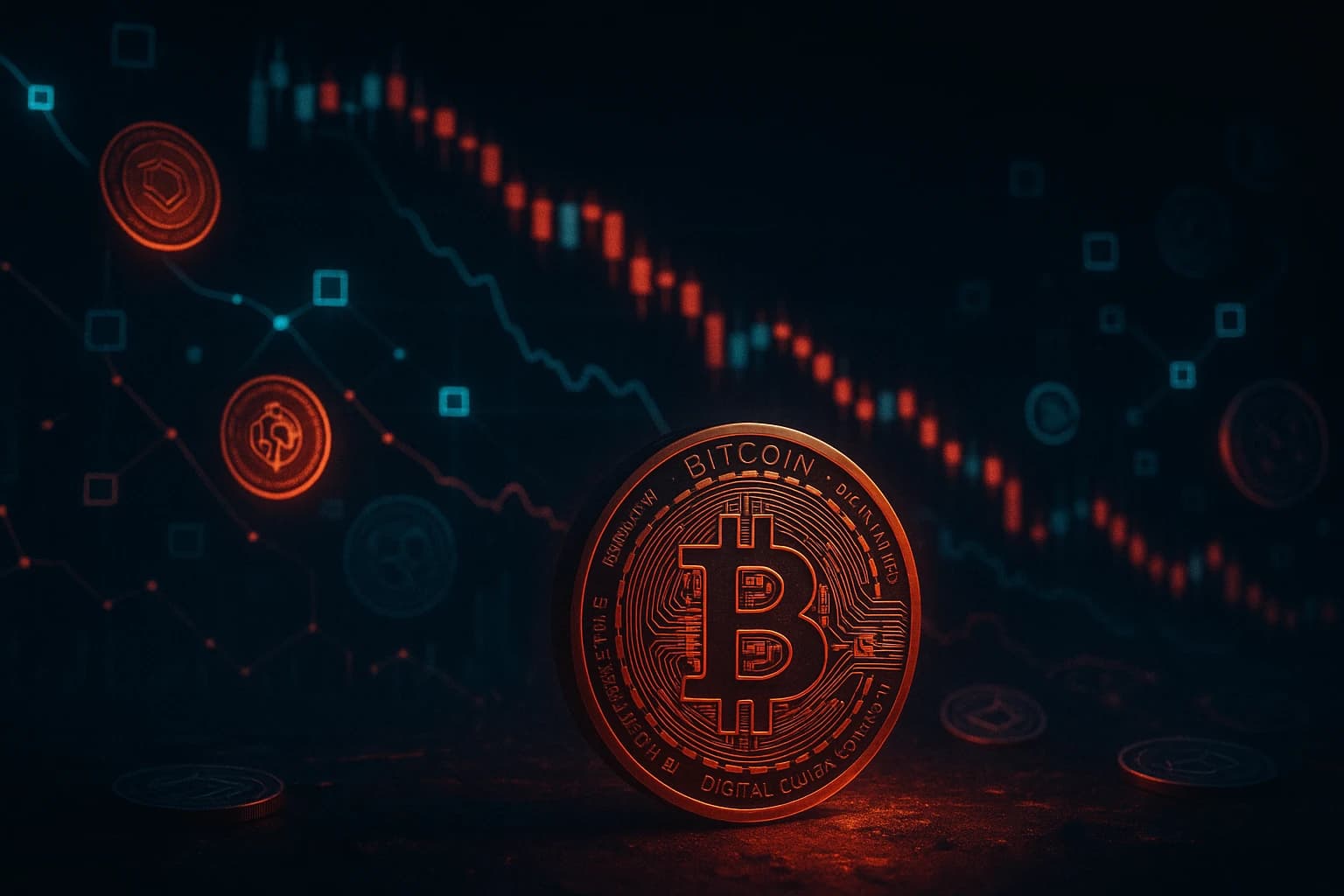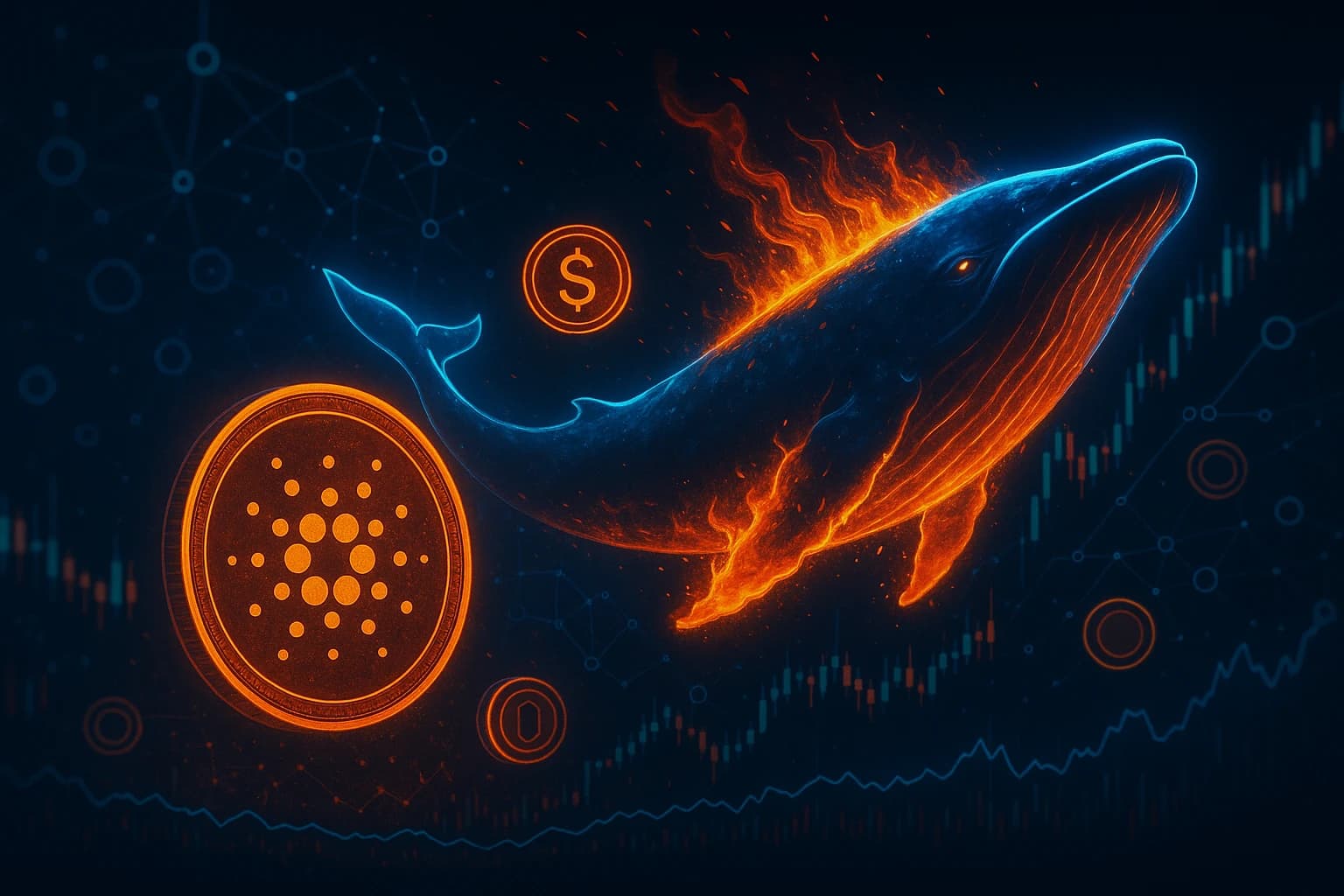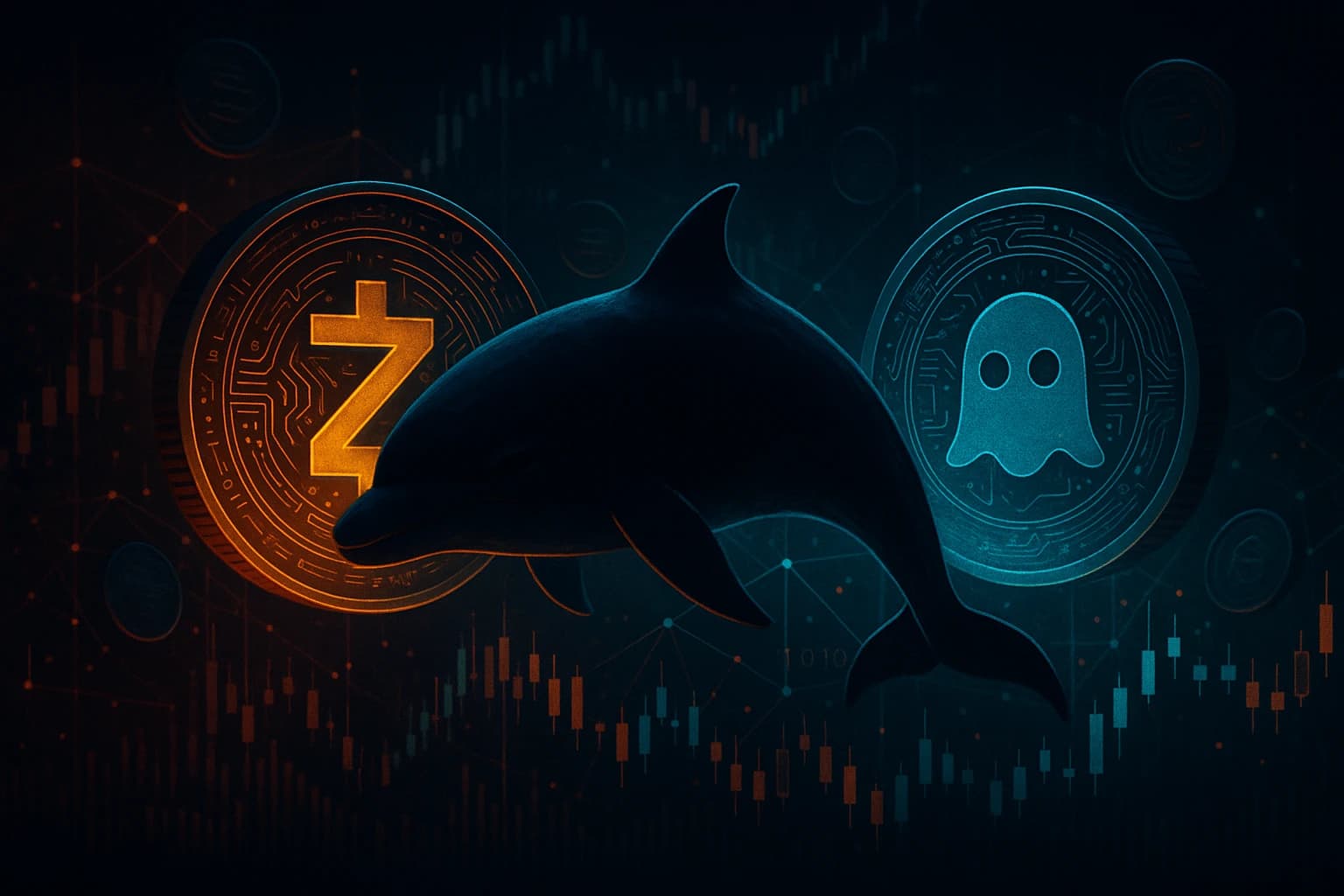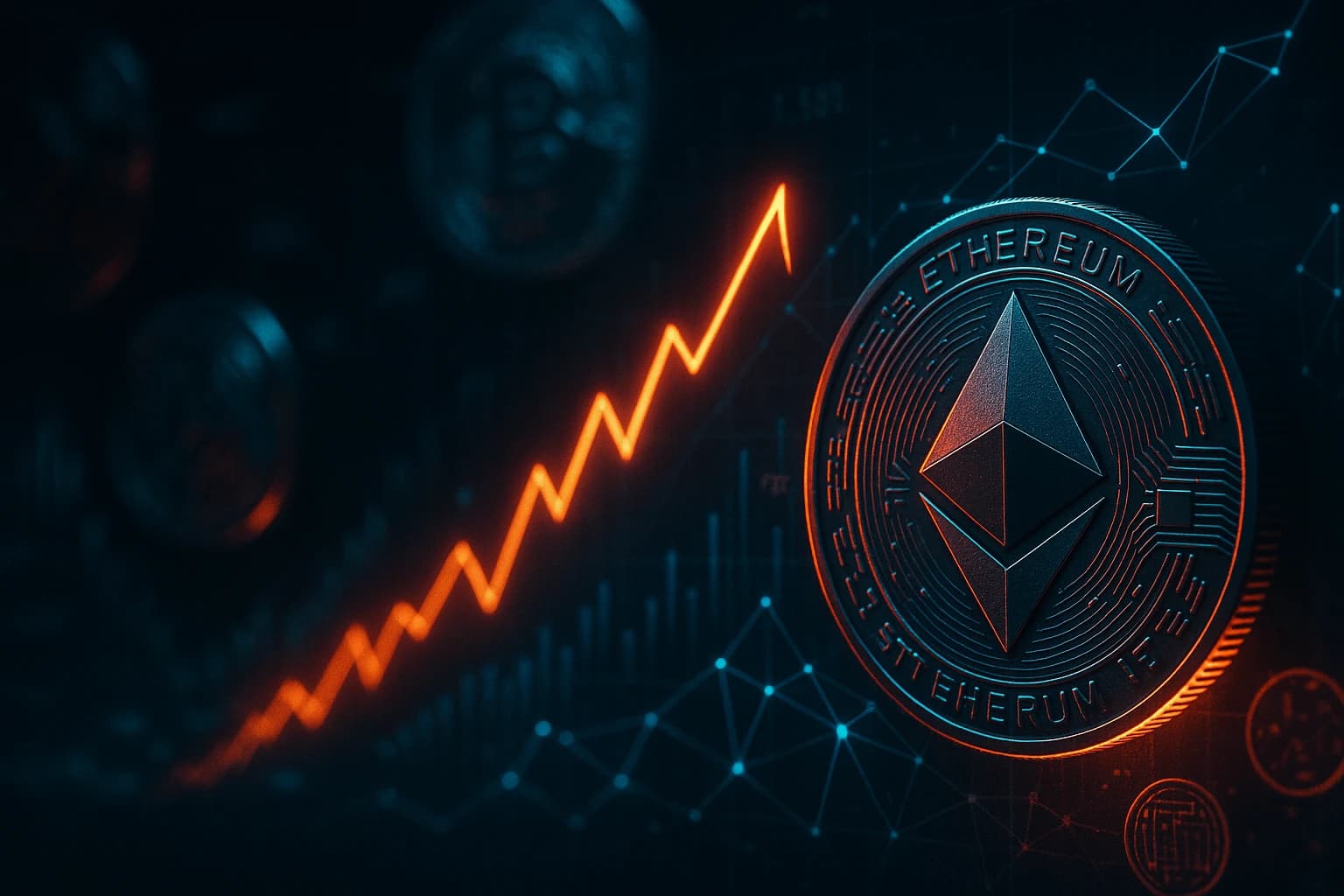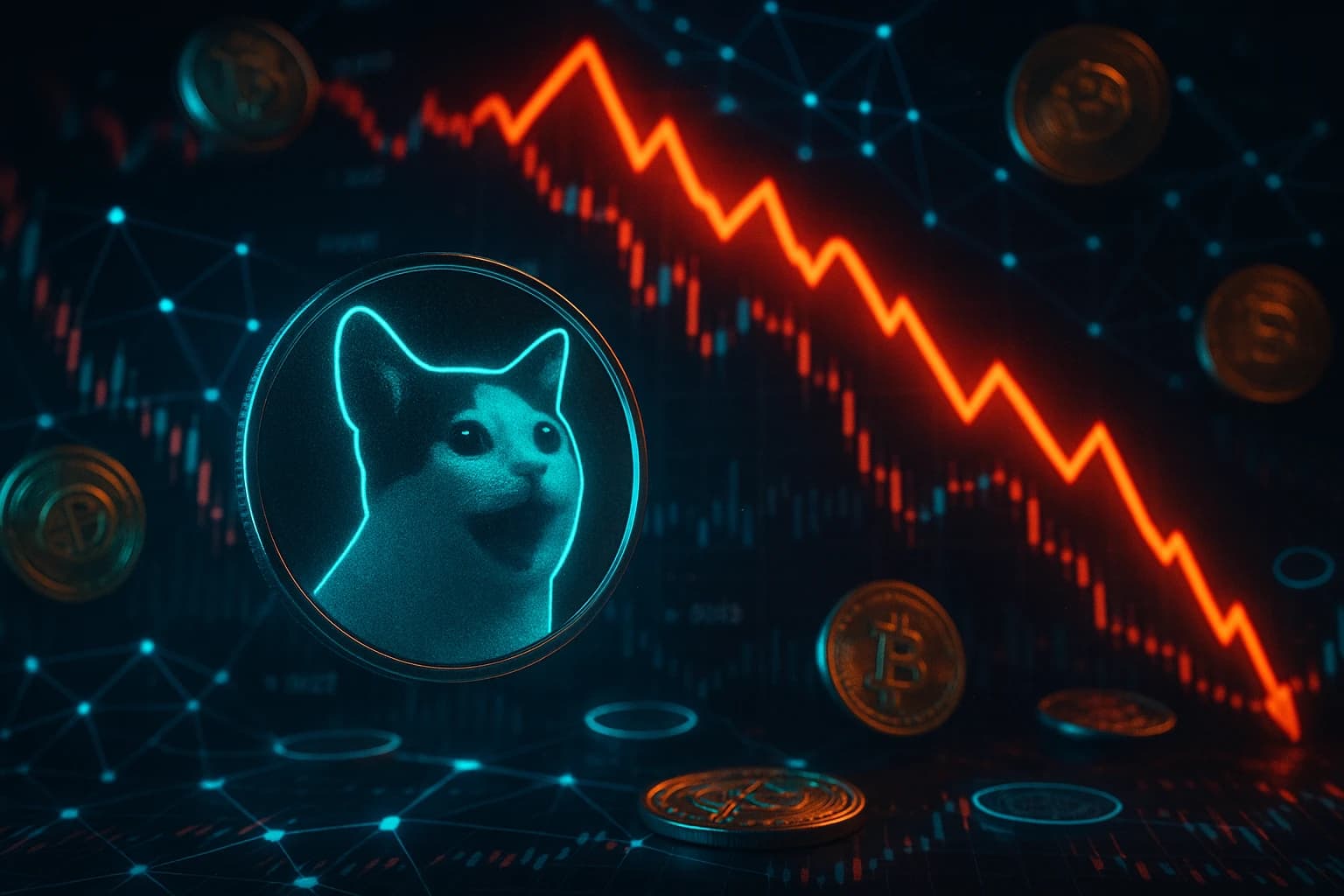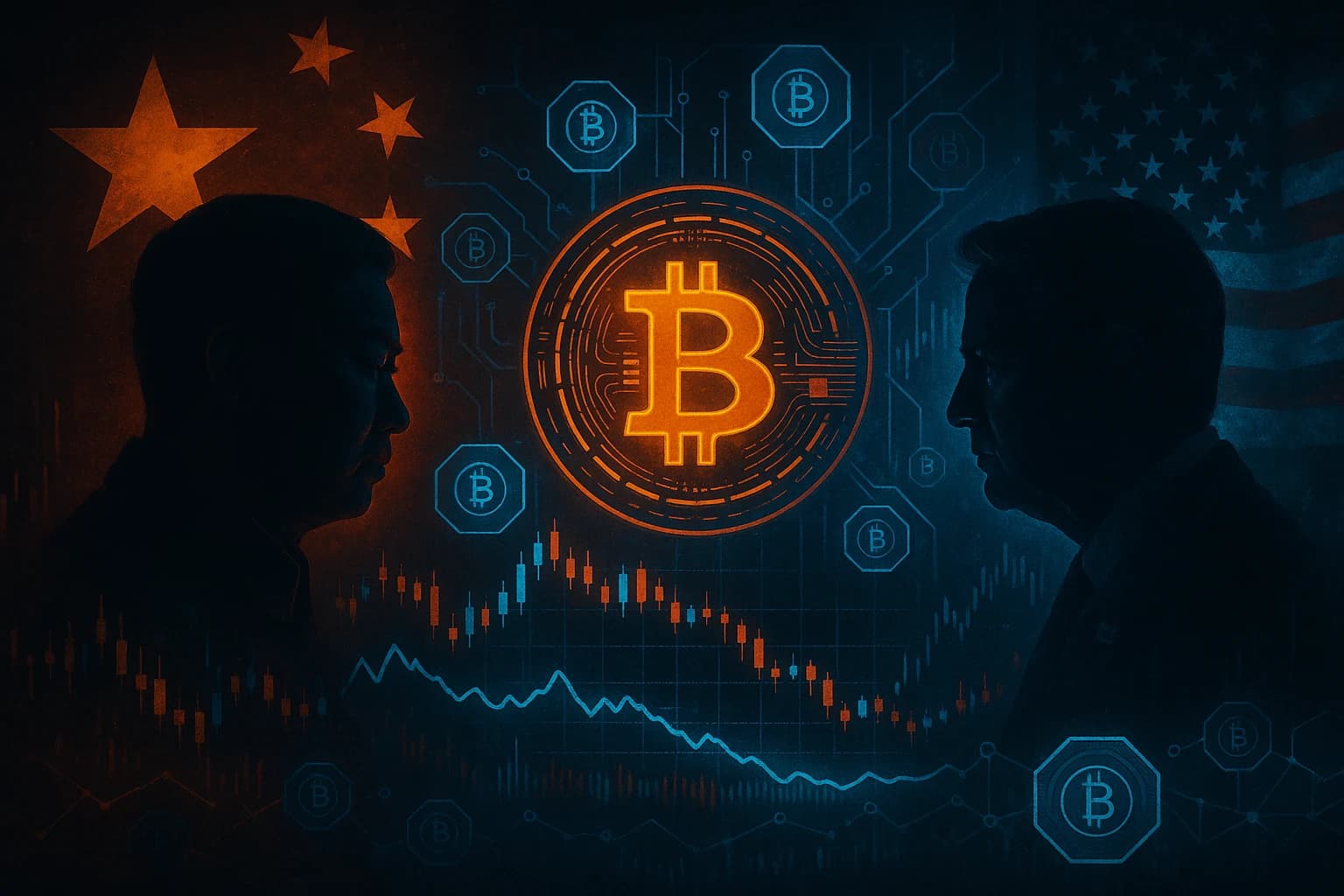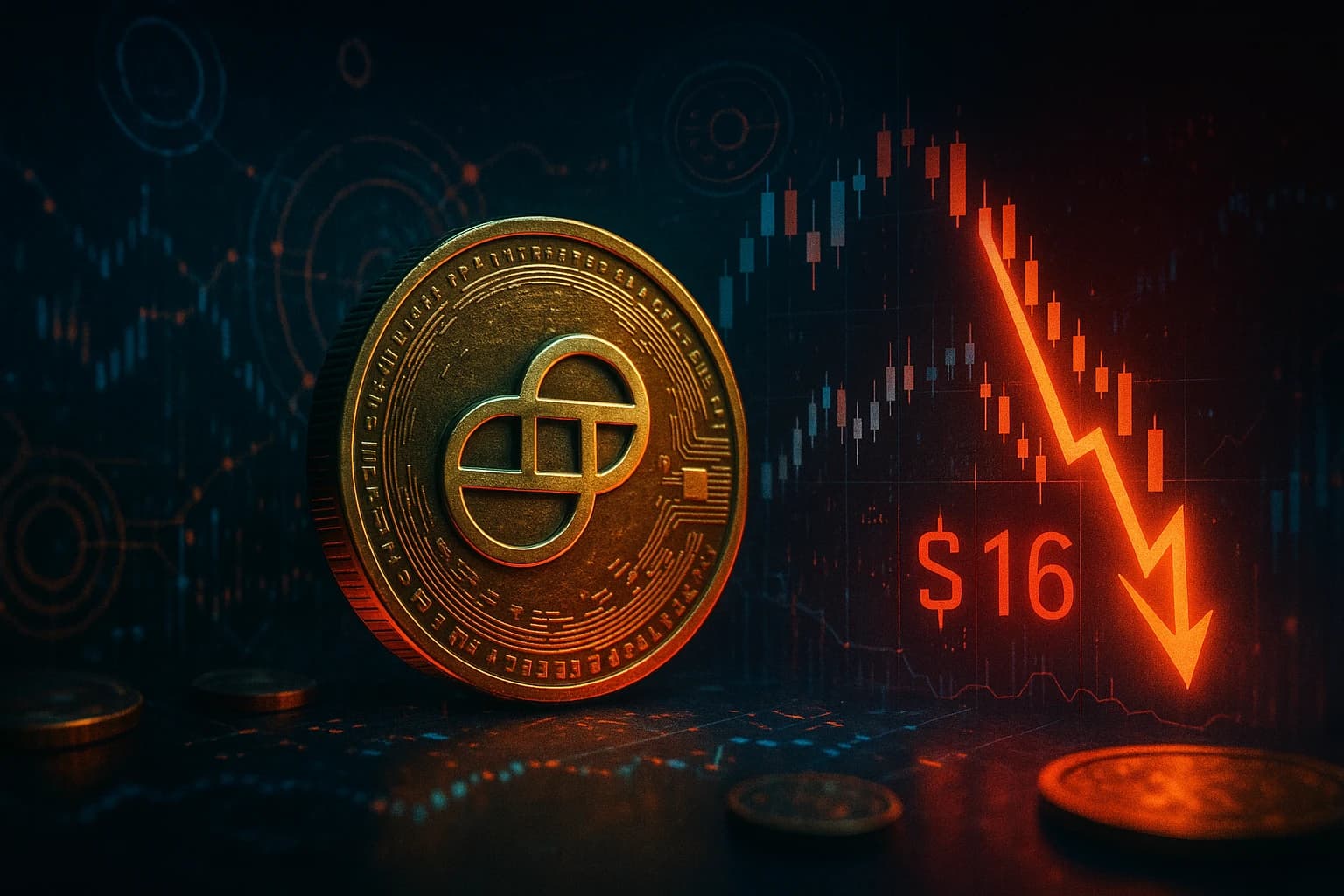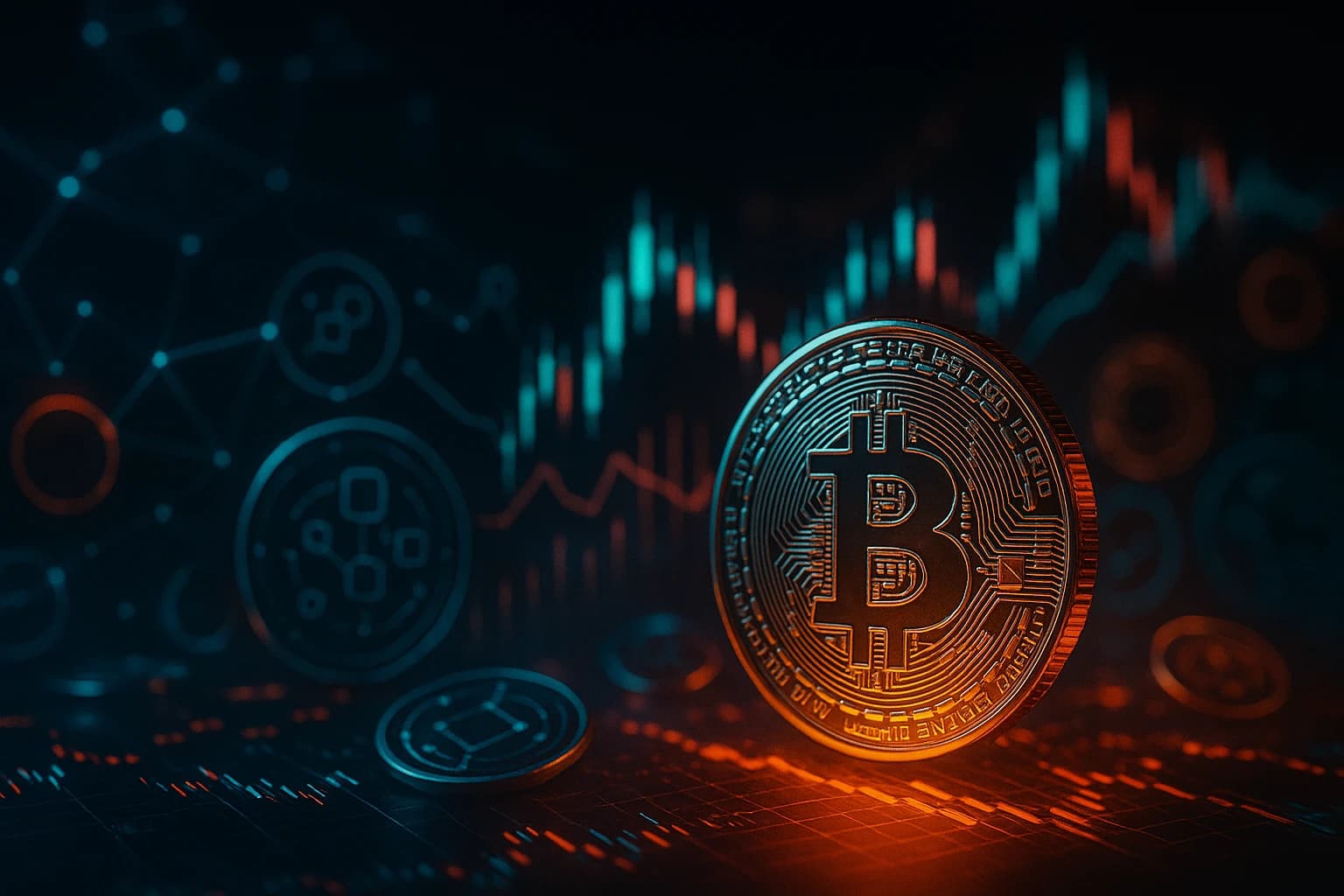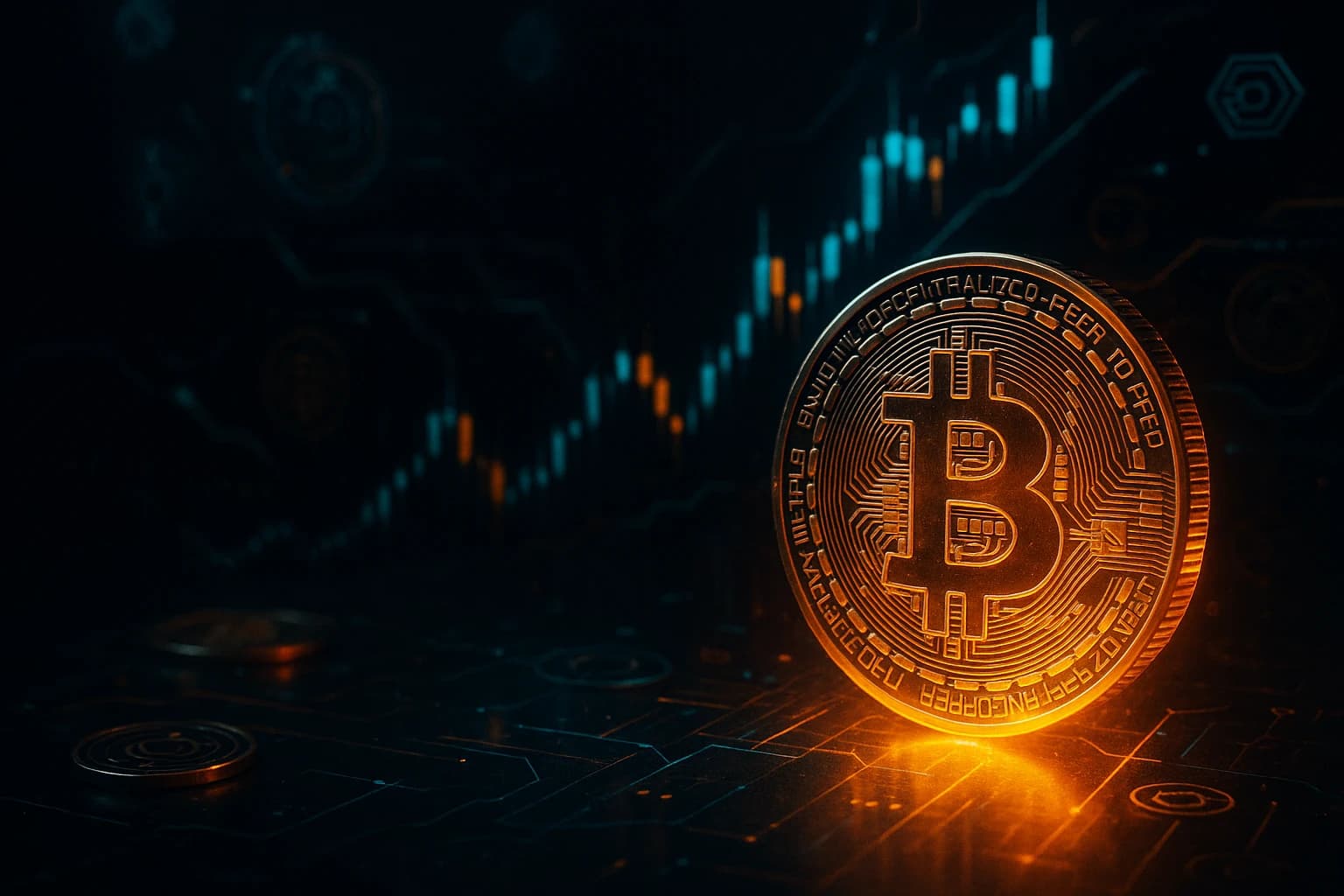Mt. Gox has transferred 10,608 BTC (worth ~$953 million) after months of dormancy, including a $16 million tranche to Kraken, sparking concerns over potential market pressure.
Key Takeaways:
- The defunct Mt. Gox exchange moved 10,608 BTC (~$953 M) to a new wallet after an eight-month lull.
- Of that, ~185 BTC (valued at ~$16.8 M) were sent to Kraken, fueling speculation about creditor liquidations.
- Mt. Gox’s trustee has postponed creditor payouts to October 31, 2026, raising questions about the motive of the recent transfers.
Last Tuesday, November 18, 2025, Lookonchain, citing blockchain tracking data from Arkham, reported a large transaction made by Mt. Gox, the long-defunct Japanese crypto exchange. According to Arkham Intelligence, the entity transferred 10,608 BTC, valued at approximately $953 million, into a fresh, previously inactive wallet. Shortly after, 185.2 BTC (around $16.8 M) was routed to the crypto exchange Kraken, drawing attention from traders and analysts alike.
This is the first sizable move from Mt. Gox in more than eight months, prompting renewed speculation across crypto markets. Some analysts view this as a precursor to creditor payout cycles, while others cautiously suggest it may be internal wallet restructuring.
Mt. Gox’s Repayment Timeline Delayed Again
The timing of this massive transfer follows a recent announcement from Mt. Gox’s court‑appointed Rehabilitation Trustee, who postponed the creditor repayment deadline to October 31, 2026, citing procedural delays and the need for more time to validate claims. According to the trustee, most base payments, early lump-sum disbursements, and intermediate repayments are complete for creditors who met all requirements.
This extension raises questions. Some observers wonder whether the on-chain move is tied to preparing for future distributions, or if Mt. Gox is simply repositioning its assets ahead of the next payout phase.
What’s Behind the Move, Strategic or Sell-Signal?
Analysts remain divided on the purpose of this massive Bitcoin transfer. Historically, large transfers by Mt. Gox have preceded repayments to affected creditors from the 2014 collapse. But in this case, the majority of the BTC, which amounts to over 10,400 coins, was sent not to an exchange, but to an unidentified external wallet.
That said, the 185 BTC directed to Kraken could be more telling. Some market watchers argue this may signal preparation for another creditor‑payout wave into exchanges, raising the risk of downstream sell‑pressure. Meanwhile, there’s no public comment yet from the trustee explaining the transaction’s intent.
On social media, reactions are mixed: a number of users suggest “wallet reshuffling” is a more benign explanation, while others warn that the timing may trigger panic, especially during a weakening market.
Market Impact: BTC Slides as Nervousness Builds
As of this writing (11:30AM UTC), Bitcoin (BTC) is trading at approximately $91,633.36, having dropped to its intraday low around $90,000 earlier today after reaching intraday highs around $93,668.95, according to CoinGecko. The broader market reaction has been sharp, with sentiment turning more cautious following the on‑chain move.
In parallel, macro pressure seems to be compounding. The recent drop comes amid growing investor anxiety around interest rate trajectories, institutional outflows, and liquidity constraints, a mix that could amplify the impact if more Mt. Gox BTC hits the market.
What’s Next?
Market participants are closely watching Mt. Gox wallets for any further activity. Key questions remain: will more BTC be routed to exchanges, or are these moves simply wallet reorganizations ahead of creditor payouts? If larger transfers to exchanges occur, selling pressure could rise, while measured distributions may help limit volatility. Traders will also monitor Bitcoin’s support near $90K, as a breach could extend the downtrend, whereas a rebound may signal stabilization.
Summary
Mt. Gox moved 10,608 BTC (~$953M) into a new wallet and sent ~185 BTC (~$16.8M) to Kraken, prompting speculation about creditor payouts and potential market sell‑pressure as analysts watch for further transfers.




